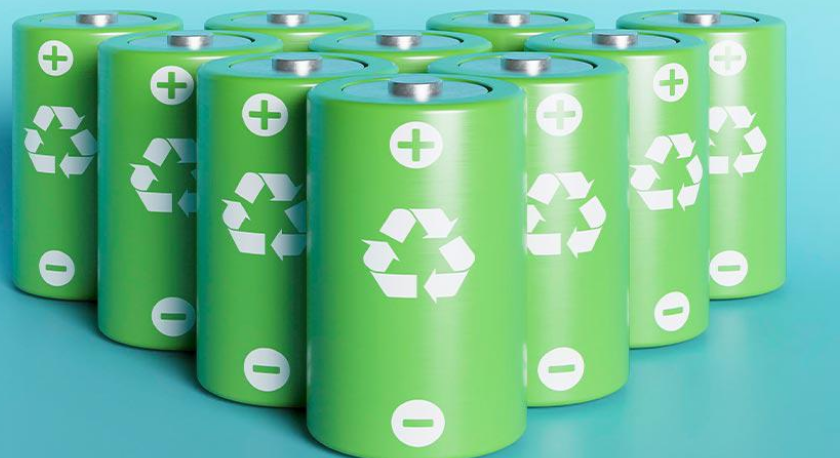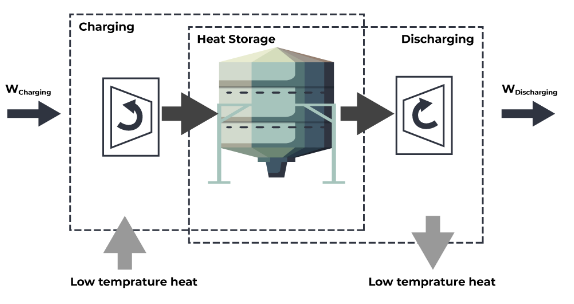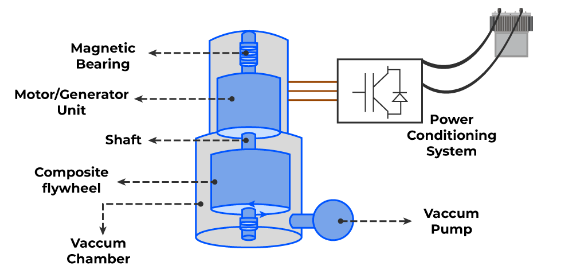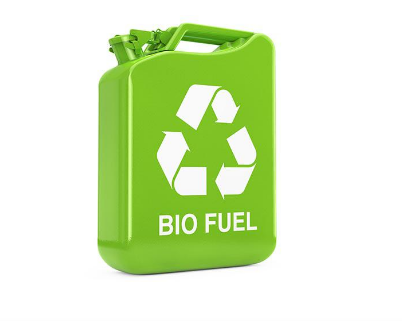
What are types of Energy Storage?
If you're considering energy storage, you're at the perfect site. In this article, we'll introduce you to the different types of energy storage systems that are assisting in fixing the world's increasing energy solution. From batteries to mechanical and thermal storage, we'll explore each type with their example that will transform how we tackle and store energy in an efficient and sustainable period.
Let’s explore the innovative technology that excels in modern energy storage systems.
5 Different Types of Energy Storage
Energy storage systems are highly significant for adjusting the balance between energy supply and demand, specifically with renewable energy sources that have up-and-down outputs. Innovative technology and energy storage solutions serve specific requirements, support grid resilience, and permit the efficient use of more renewable energy sources.
Now, various types of energy storage systems are becoming crucial components in the latest energy systems worldwide, assisting in managing energy demand regularly and occasionally.
Are you ready to review the five different types of energy storage systems? Let's dive in.
1.Battery Storage
One of the best and most accessible energy storage system types is battery storage, which solely depends on electrochemical processes. Lithium-ion batteries are also reputable for their prevalence in portable electronics and electronic automobiles, depicting only one type among a wide range of chemistries such as nickel-cadmium, lead-acid, and sodium-sulfur.
Applications of Battery Storage
- Mobiles
- Music players
- Electric vehicles
- Computers
- Wind-based electricity generators
Example of Battery Storage
- Super-Capacitors and Flow Batteries
These two batteries also fall under battery type, providing sub-minute level response capabilities and electrolyte solutions. With the fastest cost declines and optimizing efficiencies, battery storage solutions specifically appeal to applications demanding responses above a few hours. They are gradually becoming a staple in small-scale and residential areas.
2.Thermal Storage
Thermal storage maximizes the release and capture of cold or heat. Such a broad category includes everything from molten salt in concentrated solar energy plants to cryogenic options, including liquid air energy storage.
These energy storage systems can store energy in solid, liquid, and gas phases. These systems are also known for their potential to manage both cooling and heating energy. The practicality of thermal storage technologies depends on the space facility for massive storage availabilities. Yet, their capacity for integration with renewable energy sources makes them a stringent area of development.
Application of Thermal Energy
- Cooking
- Automobiles
- Water heating
- Thermal power supply plants
- Thermal processing of multiple metals
Examples of Thermal Energy Storage
- STES Energy System
STES energy system is a seasonal and interseasonal thermal energy storage system that stores heat and cold for extended periods. Once it stores the energy, it can be used whenever you want. Such systems are used in greenhouse heating and aquifers.
- Carnot Battery
Carnot battery also uses thermal energy storage to store electrical energy. During the charging process, its electrical energy is converted into heat and then stored in heat form. Upon discharge, the heat is again converted back to electricity.
Such Carnot batteries are used for grid energy, district heating, data Centre cooling, and coal-fired power plants.
3.Mechanical Storage
Mechanical storage comes with energy systems that store energy power through potential and kinetic energy.
Another rising option in mechanical storage systems is gravitational energy storage, which is recently under development. These energy systems are essential for their potential to quickly release energy, marketing those best for balancing applications and grid stabilization.
Applications of Mechanical Energy
- Steam Engines
- Hydroelectric power plants
- Electric motors
- Generators
Example of Mechanical Storage Energy
- Flywheels
Flywheels convert electricity into kinetic energy through the spinning wheels, which can store grid energy. In the flywheel, you can avoid the loss of energy by a magnetic field that maintains the flywheel in a frictionless vacuum. When we require power, the spinning wheel slows down to generate electricity.
Flywheels are primarily used in motorized generators, electric vehicles, and other mechanical system adjustments.
4.Pumped Hydro
Here, the most prevalent type of energy storage, pumped hydro, is an ample-scale energy storage that works on a simple principle:
"Water is pumped in the higher direction during low-demand times and released down to generate electricity during higher demand periods.
Such storage needs notable geographical features but delivers a scalable and reliable solution for energy storage over longer durations.
The relationship of renewable energy storage and digital technologies, such as floating solar arrays, into pumped hydro systems is poised to increase their economic viability and efficiency.
Application of Pumped Hydro Storage
- Ancillary grid service
- An electricity storage medium for multiple renewable energy storage
- Storing for other various applications
5.Hydrogen
Lastly, here comes the hydrogen storage system. It includes transforming electricity into hydrogen via electrolysis. The stored hydrogen can be re-electrified or deployed directly as fuel in fuel cells, transportation, and industrial processes.
Such technology is the best for its versatility and potential for long-term storage, extending beyond regular and weekly fluctuations to carry occasional energy demands.
Hydrogen storage is still in its early stages but is estimated to play a notable role in the renewable energy landscapes, specifically as prices decrease and technologies advance.
Applications of Hydrogen Storage
- Mobiles
- Electric Vehicles
- Power plants
Example of Hydrogen
- Biofuels
Biofuels are stored from waste from homes, plants, and commercial and agricultural operations. These storage systems store renewable energy that can be used to create power and heat.
Such biofuels are used for water cleaning, lubricant, electric energy production, and charming electrical equipment.
Choose the Best Home Energy Storage System
After reviewing the multiple types of energy storage, it proves that the best energy storage solution depends on the need and scenarios. But if you still can't find the best solution for you, don't worry. Innotinum will assist you in finding the most efficient, sustainable, and practical option for your use.
We help you find the most flexible configuration options with high energy conversion efficiency, which exemplifies high-end battery storage capabilities, making it the best choice for energy storage solutions.






